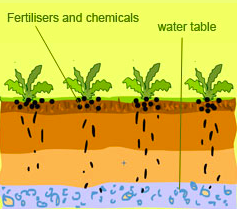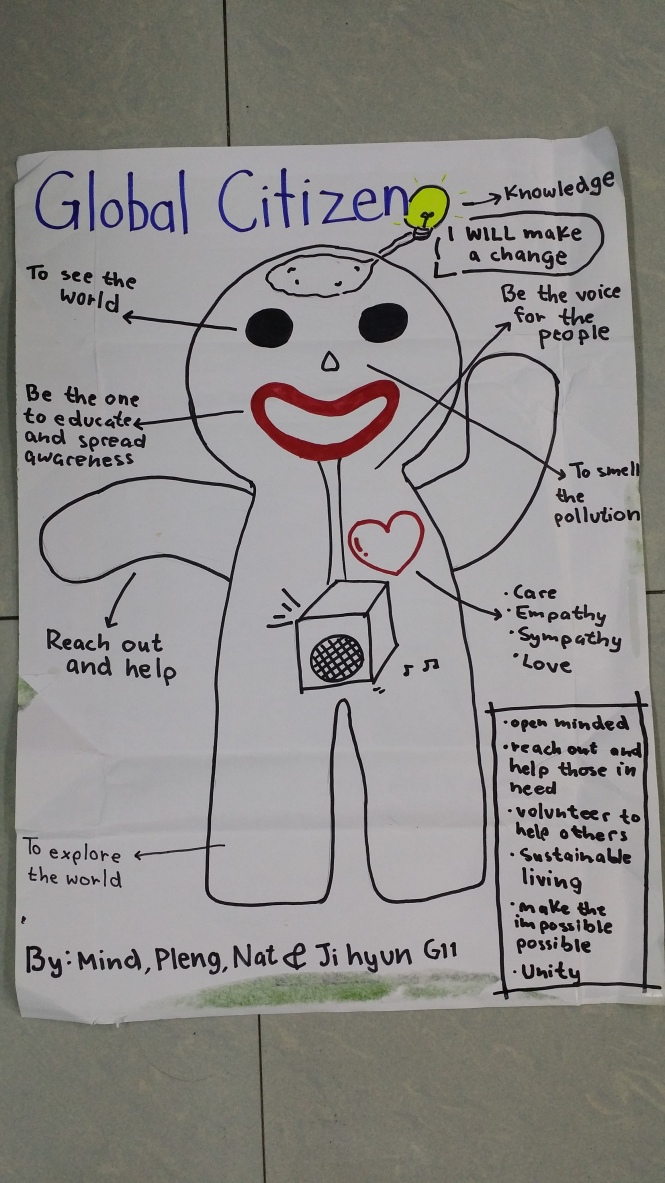Surface Water Pollution 
- Surface water include natural water resources of the Earth:
- Oceans
- Rivers
- Lakes
- When dangerous substances come into contact with this surface water, dissolving or mixing with the water, this is called surface water pollution.
Yamuna River, Northern India
Oxygen Depleting
- Water have micro-organisms, which include aerobic (need oxygen to survive) and anaerobic organisms.
- When too much biodegradable matter (things that easily decay) are in the water, it increase more micro-organism growth which they will use up more oxygen in the water. This is called oxygen depleting.
- When oxygen depleting (decrease), aerobic organisms start to die, and anaerobic organisms grow more which can be very harmful to people, animals and the environment, because anaerobic microorganisms produce harmful toxins such as ammonia and sulfides.
Nageen Lake in Srinagar, India
GroundWater Pollution
- Groundwater pollution is caused by pesticides and chemicals that human put into the soils, when the rain come, they washed deep into the ground and get to underground water.
- Human often use groundwater for drinking and build wells to access it. Therefore, groundwater pollution can infect our health and cause problems.
Chemical water Pollution
- Chemical water pollution occur due to the industrial and agricultural work. Many industries and farmers work with chemicals that end up in water and pollute it.
- These include metals and solvents from industrial work which can pollute the water. As well as Pesticides that are used in farming to control weeds, insects and fungi. These are poisonous to many aquatic life. And humans and other animal maybe poisoned too if they eat the infected fish.
- Other chemical pollutant is petroleum which contaminates water through oil spills when ship breaks. The oil can kill many fish and also will stick to the feathers of seabirds causing them unable to fly.
New River, Origin -> near Cerro Prieto, Baja California, Mexico, Mouth -> Salton Sea. Basin -> United State, Mexico
Citation:
Shliha. “Types of Water Pollution « Water Pollution Guide.” Types of Water Pollution « Water Pollution Guide. Water Pollution Guide, 25 Mar. 2013. Web. 29 Nov. 2014.
Buoi, Ghanna. “What Are the Various Types of Water Pollution?” What Are the Various Types of Water Pollution? Eschooltoday, 5 Jan. 2010. Web. 30 Nov. 2014.







